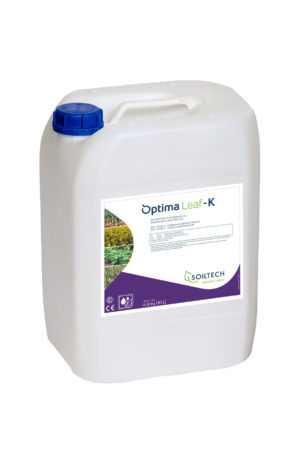Once harvesting is finished, the crop is stored. This is a crucial period, because during storage significant losses in yield and quality can occur.
During storage, large yield losses can occur. These losses are not only limited to spoilage and/or storage rot, the quality of the harvested product may also deteriorate. For example, during storage, the sugar content decreases because the respiration process converts the sugars into, among other things, moisture and heat. Adequate cooling (to delay respiration) and ventilation (to extract the released moisture) is therefore crucial during the storage period. However, measures can also be taken during cultivation to improve the storage qualities of the crop. In sugar beet, for example, optimal fertilisation has been demonstrated to result in the lowest storage losses. When clear deficiencies were observed in the crop during the growing season, high - or higher- storage losses occurred (Source: IRS).
Which nutrients influence storage quality?
When the effects of (foliar) fertilisation are studied, the main focus is generally on yield maximisation, and to a lesser extent on the effect on (storage) quality. Despite this, several nutrients are known to have a major impact on the storage quality of the harvested crops.
Naturally, nitrogen (N) has a key influence on the storage quality of the crop to be harvested. Nitrogen is a strong growth promoter, but a crop that grows (too) fast is susceptible to damage. Crop damage can allow moulds that cause storage rot to penetrate the crop, resulting in serious yield losses. Do not exceed the recommendations for the maximum nitrogen application and stop applying additional nitrogen in time during the cultivation.
Potassium (K) is also often described as the ‘quality element’. Potassium is involved in many essential processes in the crop during cultivation, including water use efficiency, pH regulation in the cell and sugar transport. At the start of the season there is often a sufficient supply of potassium in the soil, but as the highest potassium demand occurs at the end of the season it is advisable to regularly (every 7 – 14 days) provide additional potassium in the form of a foliar application from eight to six weeks before harvest Especially for these applications, Soiltech has formulated ‘Optima Leaf-K’. Apply Optima Leaf-K 3 to 6 times at a dose of 5 l/ha. Optima Leaf-K
contains exclusively fully complexed potassium and is virtually pH neutral. This makes Optima Leaf-K an excellent tank mix product.

